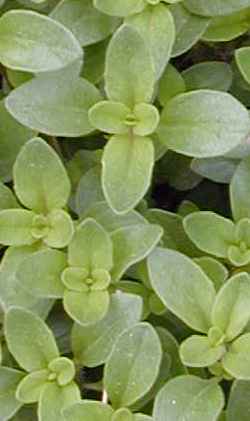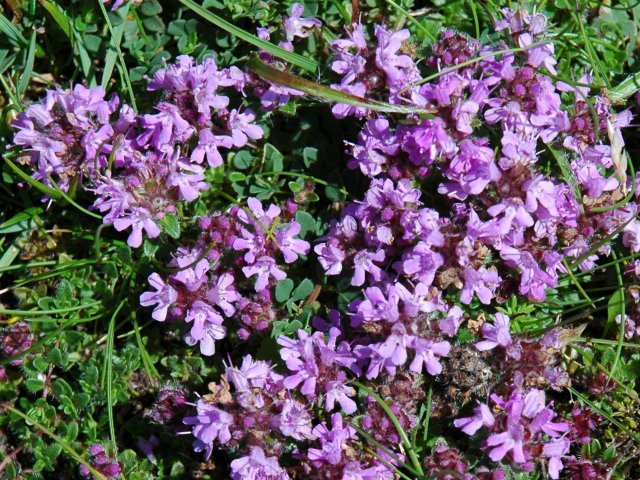
Solutions: In minor cases of brown spot, there isn’t any need to treat the disease. Apply an all-purpose fungicide to the entire plant, following the label instructions carefully. Copper penetrates the leaf surface and prevents germination of spores so the fungus cannot spread. Reapply as directed on the product label. Spray a copper-based fungicidal soap on the leaves, coating the top and bottom leaf surfaces. Repeat every two weeks until existing spots stop enlarging and new spots no longer appear. Using a spray bottle, spray on tops and bottoms of leaves until the mixture drips off. Dissolve ½ teaspoon of baking soda and one teaspoon of liquid soap in a gallon of water. Organic options won’t kill the fungus, but will prevent it from spreading. It is recommended to start by applying organic treatment options, working up to the more potent synthetic, chemical fungicides if necessary. However, if much of the foliage is affected and defoliation occurs, the plant will benefit from getting rid of the infection. Arcticus on the British Isles", Biochemical Systematics and Ecology, 32 (4): 409–421, doi: 10.1016/j.bse.2003.10.Solutions: In minor cases of brown spot, there isn’t any need to treat the disease. ^ Schmidt, A (2004), "Essential oil polymorphism of Thymus praecox subsp.Arcticus (Lamiaceae) from Greenland", Nordic Journal of Botany, 4 (5): 597–600, doi: 10.1111/j. ^ Stahl, Elisabeth (1984), "Chemical polymorphism of essential oil in Thymus praecox ssp.^ Stahl-Biskup, E (Feb 1986), "The Essential Oil from Norwegian Thymus Species.arcticus (Durand) Jalas, GRIN Taxonomy for Plants britannicus (Ronniger) Kerguélen and Thymus praecox Opiz subsp.

The American Horticultural Society A-Z Encyclopedia of Garden Plants, First American Edition. Greensboro, North Carolina: National Plant Data Team. Board of Trustees of the Royal Botanic Gardens, Kew. Some of those areas contain greater chemotype diversity than others. For example, studies of chemotypes in Greenland, Iceland, Norway, England, Scotland, and Ireland show that chemotypes span those countries rather than being geographically localized. Plants which differ in this way are known as chemotypes and a geographical population will generally contain a mix of chemotypes. praecox is characterized by substantial differences in essential oil composition from plant to plant. This thyme has a strong scent similar to Oregano. This thyme species (and Thymus serpyllum) has escaped cultivation in North America, and is a weed or invasive species in some habitats in the United States. When maintained at a lower height it is used between paving stones in patios and walkways. Thymus praecox is cultivated as an ornamental plant, used as an evergreen groundcover in gardens and pots.

Thymus praecox in July in Lonsoraefi, Iceland. It is known locally as blóðberg, meaning "bloodstone". Thymus praecox near Seyðisfjörður, Iceland. arcticus 'Pink Chintz' (recently reclassified as Thymus serpyllum 'Pink Chintz' ) arcticus (sometimes classified as Thymus polytrichus subsp. Thymus praecox 'Doone Valley' (recently reclassified as a hybrid under the name Thymus 'Doone Valley' ).Thymus praecox subspecies and cultivars include: Thymus praecox is in the genus Thymus belonging to the Serpyllum section. It is native to central, southern, and western Europe. A common name is mother of thyme, but "creeping thyme" and "wild thyme" may be used where Thymus serpyllum, which also shares these names, is not found. Thymus vallicola (Heinr.Braun) Ronniger.penyalarensis (Pau) Rivas Mart., Fern.Gonz. vallicola (Heinr.Braun) Debray ex Kerguélen Thymus kapelae (Borbás) Dalla Torre & Sarnth.

Thymus euxinus (Heinr.Braun) Heinr.Braun ex Klokov & Des.-Shost.


 0 kommentar(er)
0 kommentar(er)
